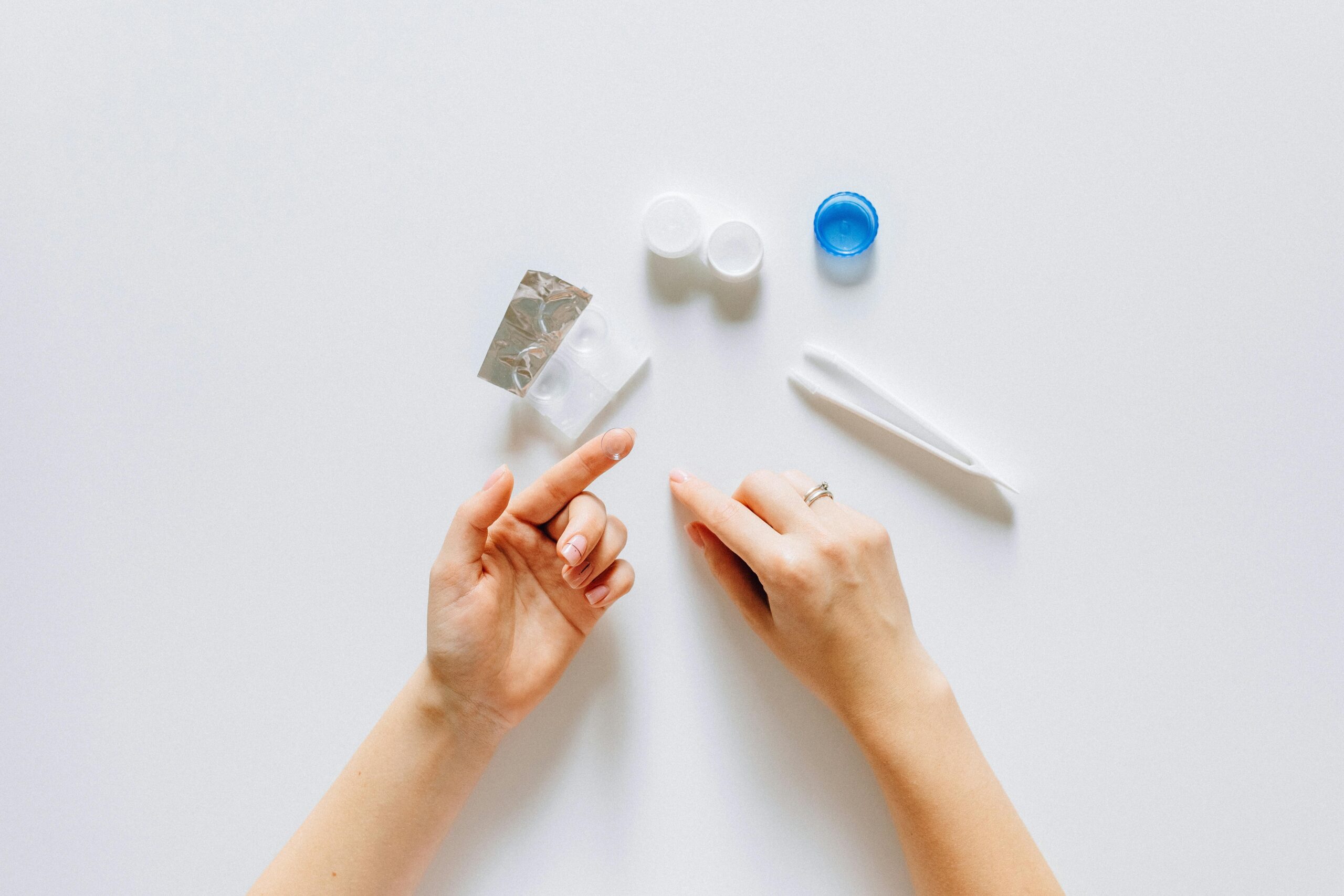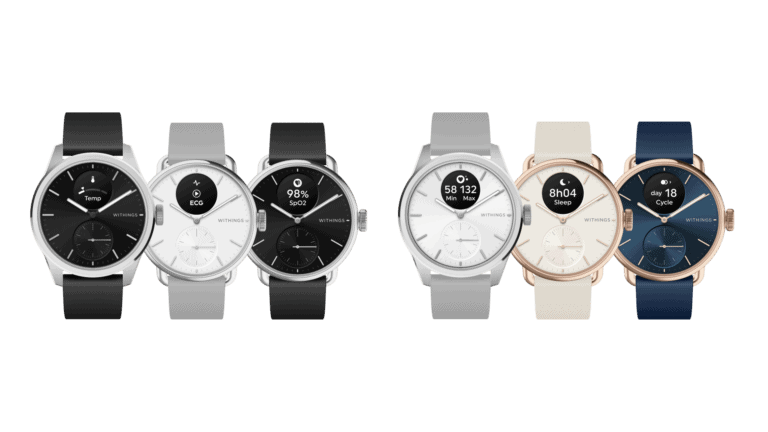Any links to online stores should be assumed to be affiliates. The company or PR agency provides all or most review samples. They have no control over my content, and I provide my honest opinion.
Digital eye strain (DES) is one of the most prevalent eye conditions, affecting more than 70% of adults in the UK alone. A common ocular concern with regards to device use is believed to be overexposure to blue light. This is a visible light wavelength that comes from both natural and artificial sources. In excessive amounts, this light can deregulate certain critical bodily systems, such as eye function.
As such, many relevant manufacturers have taken the initiative to incorporate blue light protection into their products. For instance, the Pad 9 Honor tablet was designed with eye-friendly features. One of these is the TÜV Rheinland-certified low blue light technologies that reduce the amount this tablet emits of this particular light wave.
Outside of tech, healthcare brands have also been actively addressing the issue of DES and blue light in their own offerings. Recently, these include contact lenses with special blue light filtering innovations.
How do blue light contacts work?
Available as prescription contacts, blue light contact lenses are still considered medical devices that treat a variety of refractive errors. What makes them really different, though, is their incorporation of specific filters. This is evident in Acuvue contact lenses through their Oasys Max line sold on Lenstore. Purposely created for the demands of the digital era, these contacts come with an OptiBlue™ Light Filter, which can filter up to 60% of the offending light. This helps improve visual clarity and integrity even through longer periods of device use.
Since these filters work by scattering blue light, they prevent it from penetrating the sensitive organs. This triggers a positive ripple effect that may potentially curb the development of DES since it can stop the aforementioned ocular deregulation. When paired with other healthy eye habits, such as taking breaks and using ergonomic accessories, these contacts can encourage better visual wellbeing.
How do they compare to other blue light protectors?
Having said this, blue light contacts are still not as widely known as their counterparts. To date, most people associate blue light protection with products such as glasses or screen protectors. For example, Ocushield glasses are medically rated options that have attracted high-profile investors. The widespread demand for these specs has also helped the company swell global sales past the 150,000 mark.
In reality, though, both these more popular protectors and contact lenses block at least 15% to 20% of blue light. For most cases, contact lenses even share many of the same benefits as glasses, such as UV filters and anti-glare coatings. At the same time, they can provide sharper and more convenient clear vision than regular specs, which some wearers may prefer.
Should you invest in blue light contacts?
At the end of the day, whether or not you should use blue light contact lenses should depend on your ocular needs and lifestyle. On the one hand, because these sit right up on the eye, they require a higher level of maintenance than other blue light products. Not to mention, they can take a bit of effort to acquire as contact lenses must be fit by a professional for safety purposes.
However, they also offer undeniable perks that make them highly convenient for eligible users. For starters, they’re usually meant for longer wear, so they’re designed to be comfortable, with no risk of slipping or digging into the skin. Products like the MyDay Energys contacts from maker CooperVision are even designed with a special shape that means they’re on the thinner and more breathable side. Consequently, they remain pleasant to the eyes even when using devices for longer stretches of time. Additionally, many contacts are enhanced with blink-activated hydrating properties that directly address any dryness or itching that can happen after using devices. You literally just have to pop these in at the start of your day, so they don’t need to be constantly adjusted or cleaned like a screen protector or glasses, either. Of course, before you try out any contact lenses, it’s best to consult with a healthcare expert first.
I am James, a UK-based tech enthusiast and the Editor and Owner of Mighty Gadget, which I’ve proudly run since 2007. Passionate about all things technology, my expertise spans from computers and networking to mobile, wearables, and smart home devices.
As a fitness fanatic who loves running and cycling, I also have a keen interest in fitness-related technology, and I take every opportunity to cover this niche on my blog. My diverse interests allow me to bring a unique perspective to tech blogging, merging lifestyle, fitness, and the latest tech trends.
In my academic pursuits, I earned a BSc in Information Systems Design from UCLAN, before advancing my learning with a Master’s Degree in Computing. This advanced study also included Cisco CCNA accreditation, further demonstrating my commitment to understanding and staying ahead of the technology curve.
I’m proud to share that Vuelio has consistently ranked Mighty Gadget as one of the top technology blogs in the UK. With my dedication to technology and drive to share my insights, I aim to continue providing my readers with engaging and informative content.







